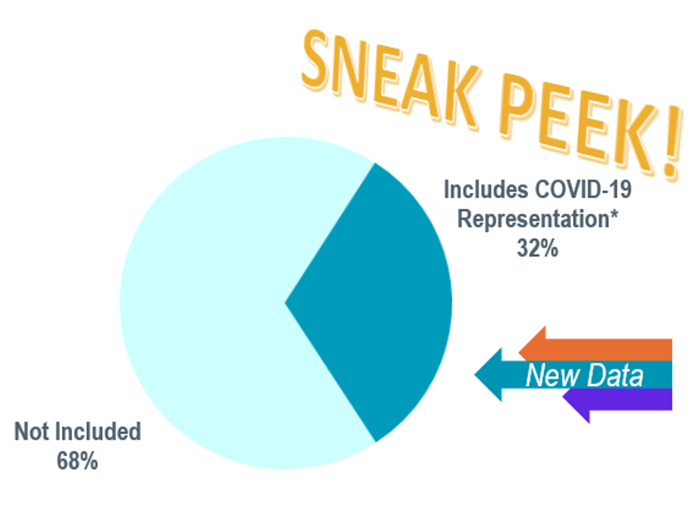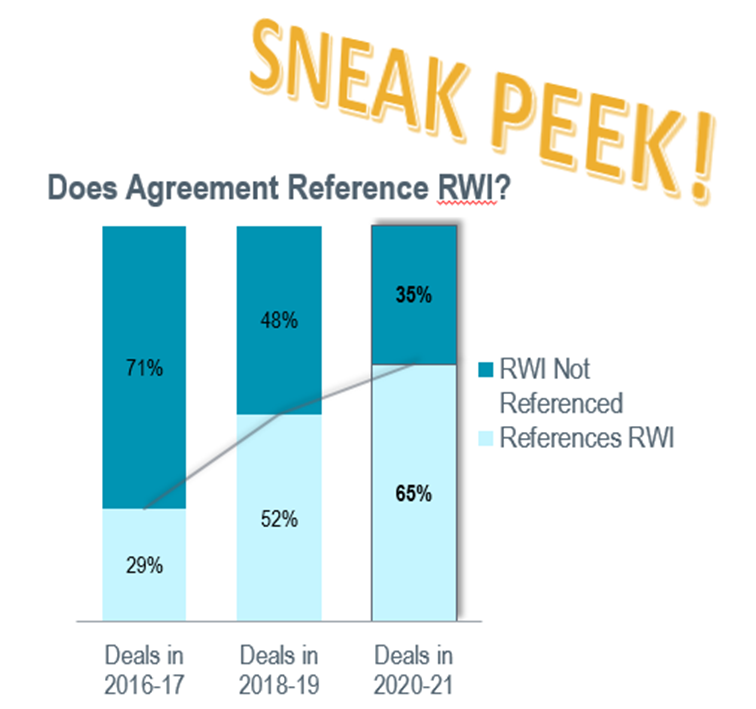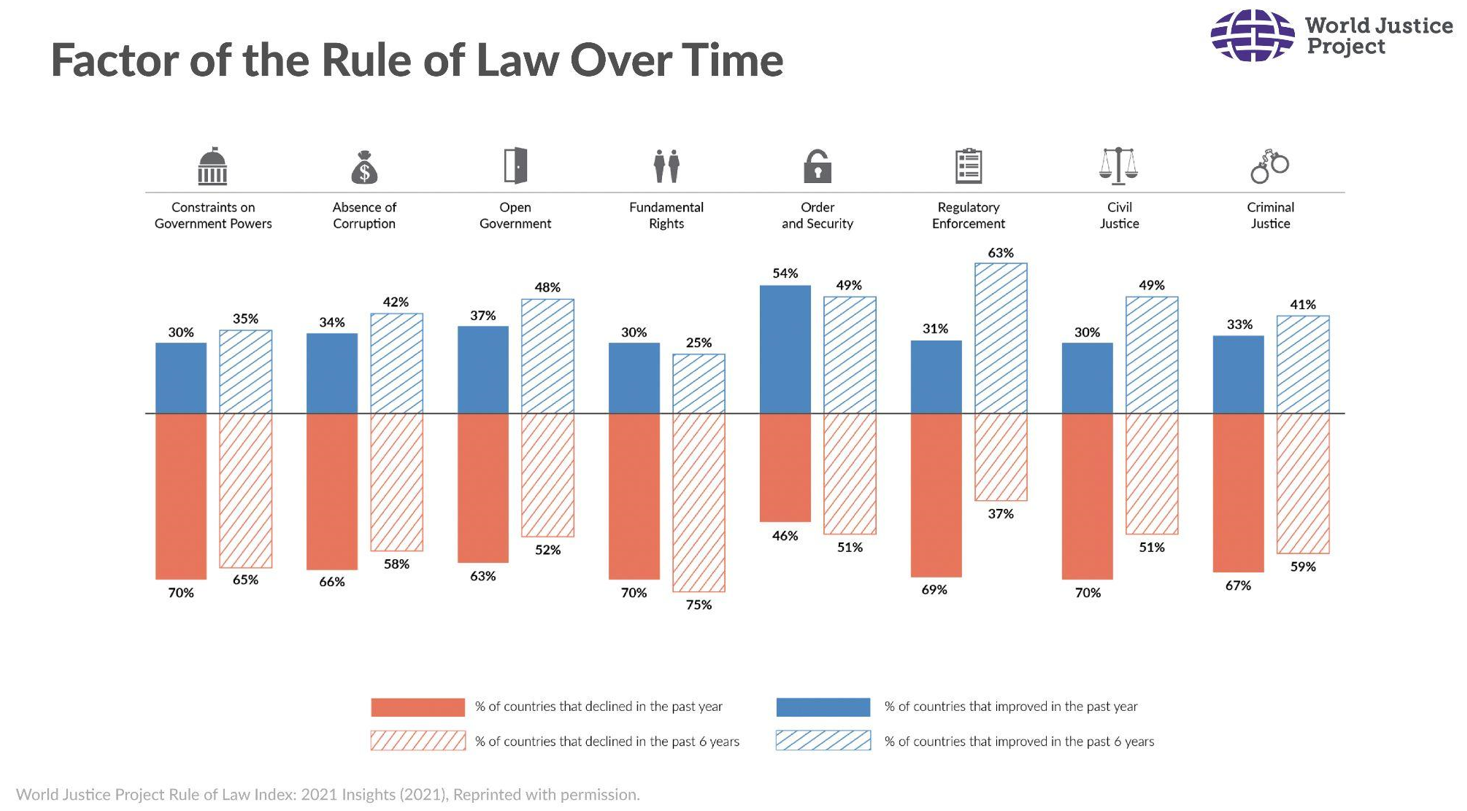
The Supreme Court decided a number of significant business cases in the 2019 and 2020 terms. To outside observers, the decisions are characterized largely by continuity and incrementalism—we did not see a swinging pendulum of opinions in these terms—though some may find some of the outcomes surprising. This term saw Justice Amy Coney Barrett join the Court, replacing the late Justice Ruth Bader Ginsburg, and it also saw continuing use of the shadow docket to shape the law.
At least three overall themes emerge. First: textualism. Justice Elena Kagan, eulogizing her friend Justice Antonin Scalia, remarked “[w]e are all textualists now.” Reading the Court’s majority and dissenting opinions in Bostock v. Clayton County,[1] this seems to be true. Although the Court’s 6-3 decision prompted vigorous dissents, all 9 justices adopted a purely textualist approach. Their disagreements turned instead on the type of textualism the Supreme Court should employ and how to apply it.
Regardless of the type of textualism, however, the high court’s trend seems to suggest much of our statutory interpretation courses of yore are obsolete. Bostock appears to focus narrowly on the bare language of a statute, almost without regard to historical context and common usage at the time of enactment. It is clear that accepting textualism does not eliminate disagreement.
This term also saw Judge Barrett’s textualism debut with her majority opinion in Van Buren v. United States.[2] The case, like Bostock, is a good example of how the justices may disagree even within the textualism world. The majority adopted a narrow reading of the Computer Fraud and Abuse Act of 1986, stating that the Act “covers those who obtain information from particular areas in the computer—such as files, folders, or databases—to which their computer access does not extend,” not those who have “improper motives for obtaining information that is otherwise available to them.” Justice Thomas dissented, joined by Chief Justice Roberts and Justice Alito, in a very literal sense over the implications of the word “so.” Justice Thomas, looking to text and history, wrote that the law prohibits a person from exceeding his or her scope of authority when using a computer that belongs to someone else.
In Nestlé USA, Inc. v. Doe I,[3] Justice Thomas did not hesitate to apply textualism when writing for the majority in this case involving the Alien Tort Act of 1789 (“ATS”). The ATS gives federal district courts jurisdiction over “any civil action by an alien for a tort only, committed in violation of the law of nations or a treaty of the United States.” In Part III of his opinion, Justice Thomas (joined by Justices Gorsuch and Kavanaugh) proposed “that federal courts should not recognize private rights of action for violations of international law beyond the three historical torts [previously] identified,” because “creating a cause of action to enforce international law beyond [the] three historical torts invariably gives rise to foreign-policy concerns,” warranting deference to Congress. Note that this textualist analysis did look to history, context and usage.
Bostock, Van Buren, and Nestlé suggest that the Court’s focus on textualism is here to stay. What the implications are remains to be seen. Is it possible that the Court’s insistence on following the precise words of a statute will stimulate Congress to draft more carefully?
Second, separation and limitation of powers under the Constitution. This continues to be a paramount concern of the Court. Three business-related cases illustrate the Court’s ongoing focus on the importance of separation of powers and of constitutional limits on government.
In TransUnion LLC v. Ramirez,[4] Justice Kavanaugh’s majority opinion provided a detailed historical analysis of Article III standing requirements, and critically emphasized that while Congress can create causes of action for what it identifies as injuries, it is for the courts to decide whether an alleged injury satisfies Article III’s injury-in-fact requirement.
In United States v. Arthrex,[5] the Court grappled with the Appointments Clause in the context of administrative patent judges (“APJs”) of the Patent Trial and Appeal Board. It ultimately held that the unreviewable authority of the APJs takes them out of any executive review and, therefore, conflicts with the Appointments Clause’s purpose of preserving political accountability.
Cedar Point Nursery v. Hassid[6] upheld property rights as a limit on government action. The Court held that under the Fifth Amendment’s Takings Clause, California’s regulation that required property owners to allow labor organizations to access their property amounted to an appropriation of private property and, thus, a per se physical taking.
Third: procedure. Finally—like any other Court—the Supreme Court cares about procedure. As always, arbitration continues to be a hot topic for this Court. In GE Power v. Outokumpu,[7] the high court unanimously held the New York Convention does not preclude a nonsignatory’s enforcement of arbitration agreements under the doctrine of equitable estoppel.
In the 2020 return trip of Henry Schein v. Archer & White[8] to the Court, the case was argued only to have certiorari dismissed as improvidently granted, and sent back down to the Fifth Circuit. In the context of class actions, Goldman Sachs v. Arkansas Teacher Retirement System[9] clarified the standards for class certification under Rule 23 in the context of 10(b) securities fraud. The Court focused on the need for truly common questions of law and fact.
In addition to the cases under the headers of the three main themes, the Court also decided two significant intellectual property cases. Google v. Oracle[10] clarified how “fair use” concepts apply to application programming interfaces under copyright law. PTO v. Booking.com[11] held that the combination of a generic term (“booking”) with a top-level domain name (“.com”) can be protected as a trademark even if neither alone could be protected.
[1] 590 U.S. ___ (2020).
[2] 593 U.S. ___ (2021).
[3] 593 U.S. ___ (2021).
[4] 594 U.S. ___ (2021).
[5] 594 U.S. ___ (2021).
[6] 594 U.S. ___ (2021).
[7] 590 U.S. ___ (2020).
[8] 592 U.S. ___ (2021). See also 586 U.S. ___ (2019).
[9] 594 U.S. ___ (2021).
[10] 593 U.S. ___ (2021).
[11] 591 U.S. ___ (2020).














